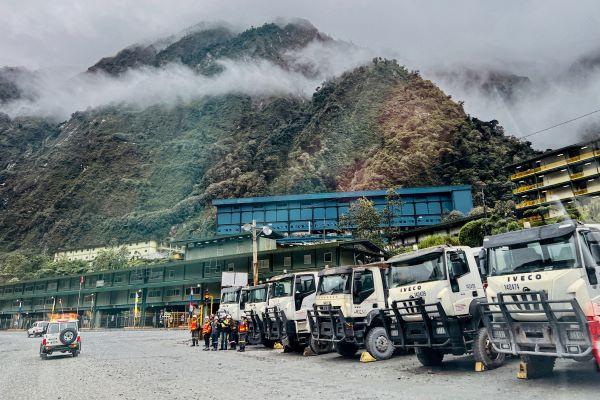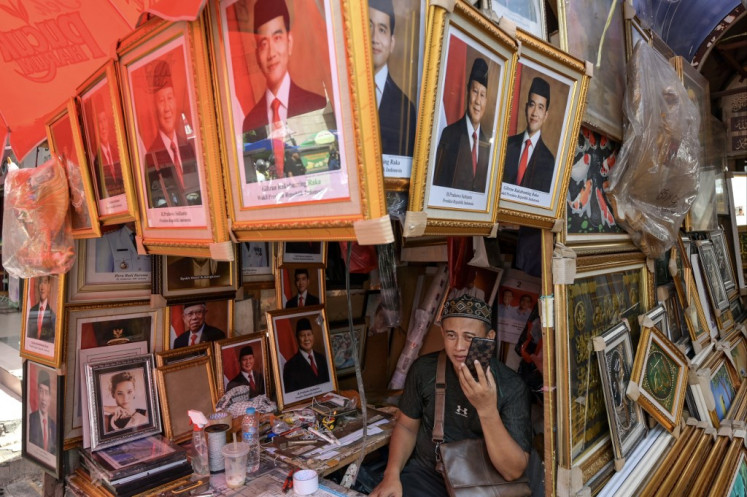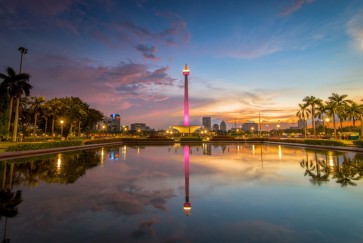Outsmarting urbanization's dilemma to achieve green goals
By 2025, 68 percent of Indonesia’s population is expected to be living in cities, according to the World Bank.
Change Size
 National Monument (Monas) seen at dusk. (Shutterstock/File)
National Monument (Monas) seen at dusk. (Shutterstock/File)
C
ities across the globe are swelling as resources dwindle. The United Nations estimates that two out of three people will live in a city by 2030, with megacities of 10 million inhabitants or more located primarily in Asia.
Driven by rapid growth and urbanization, Asian megacities are lifting millions out of poverty. However, city planners face a whole host of challenges to make such large cities livable. From modern infrastructure, sanitation, climate change, to environmental and social sustainability, it’s clear that cities today face a unique mandate.
Globally, cities account for about 70 percent of carbon emissions, according to the Asia Development Bank, and this poor environmental record is already taking its toll. For example, air pollution results in high healthcare costs and reduced labor productivity, and far more in human cost, causing more than 3 million deaths a year — killing more people than AIDS, malaria, or tuberculosis (J. Lelieveld, JS Evans, M. Fnais, D. Giannadaki and A. Pozzer, 2016).
Many major cities in Asia are expected to hit climate departure in the next decade (Nature, Oct. 9, 2013), which is when the average temperature of the coolest year from then on is projected to be warmer than the average temperature of its hottest year between 1960 and 2005.
Here in Indonesia, we are already experiencing the challenges of rapid urbanization including pollution, congestion and strain on natural resources such as water and energy. By 2025, 68 percent of Indonesia’s population is expected to be living in cities, according to the World Bank.
Jakarta in particular faces unique water infrastructure challenges as large parts of the city are located below sea level, with some sinking 25 centimeters per year (Human Cities Coalition, 2017). The megacity is calculated to hit its climate departure as early as 2029.
It is imperative for cities to be smarter in their approaches to energy, water supply and waste water management, empowering communities and industries to be self-sufficient in a way that consumes the least resources.

















